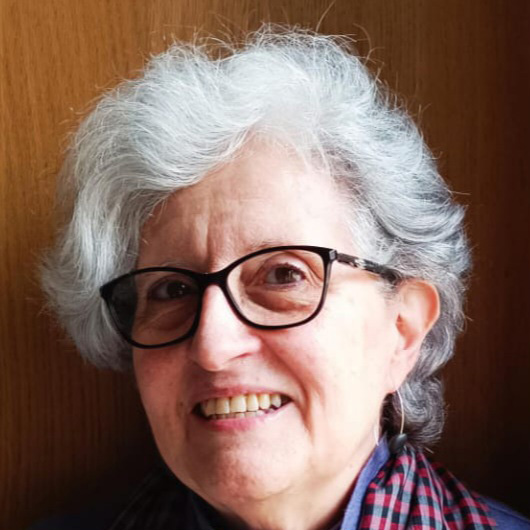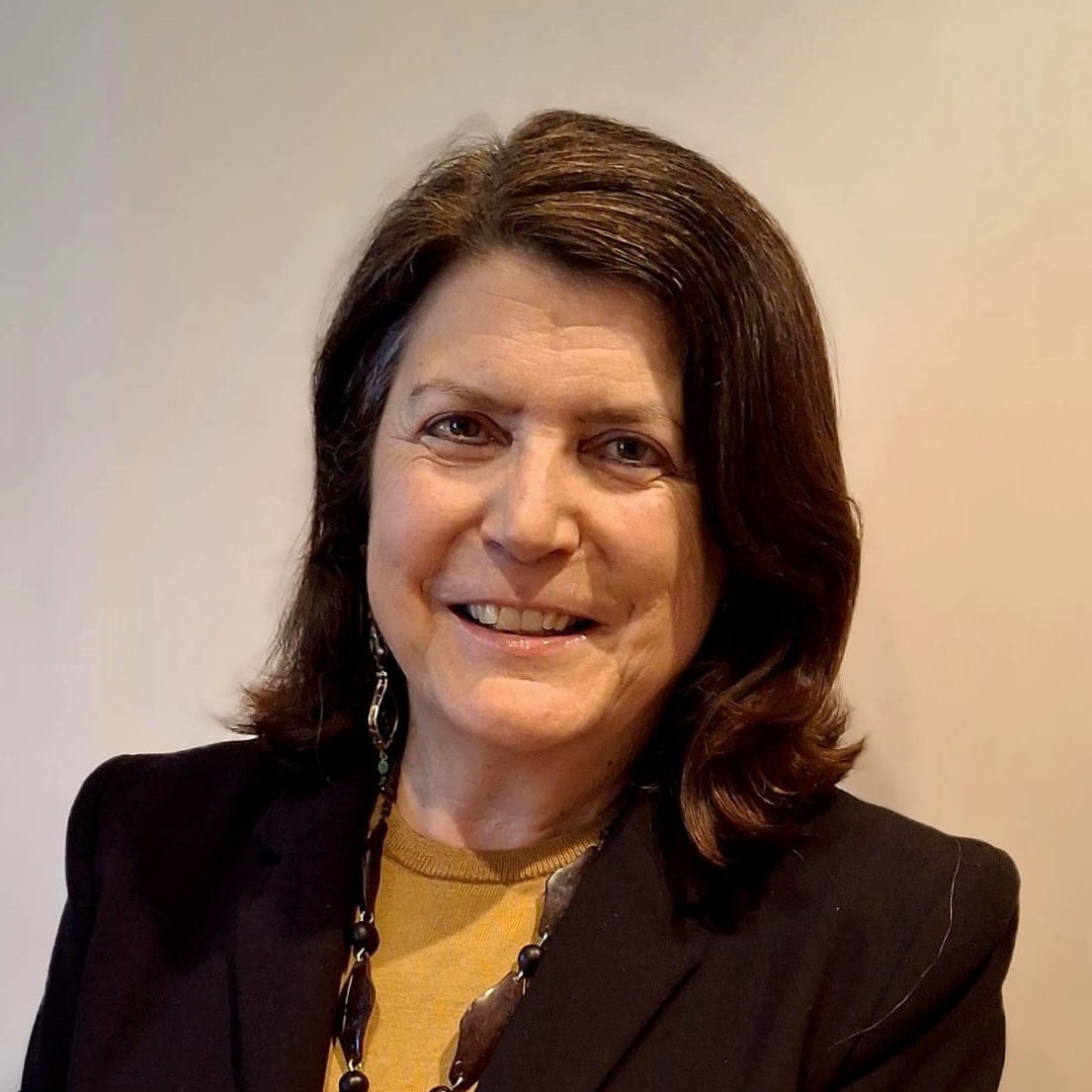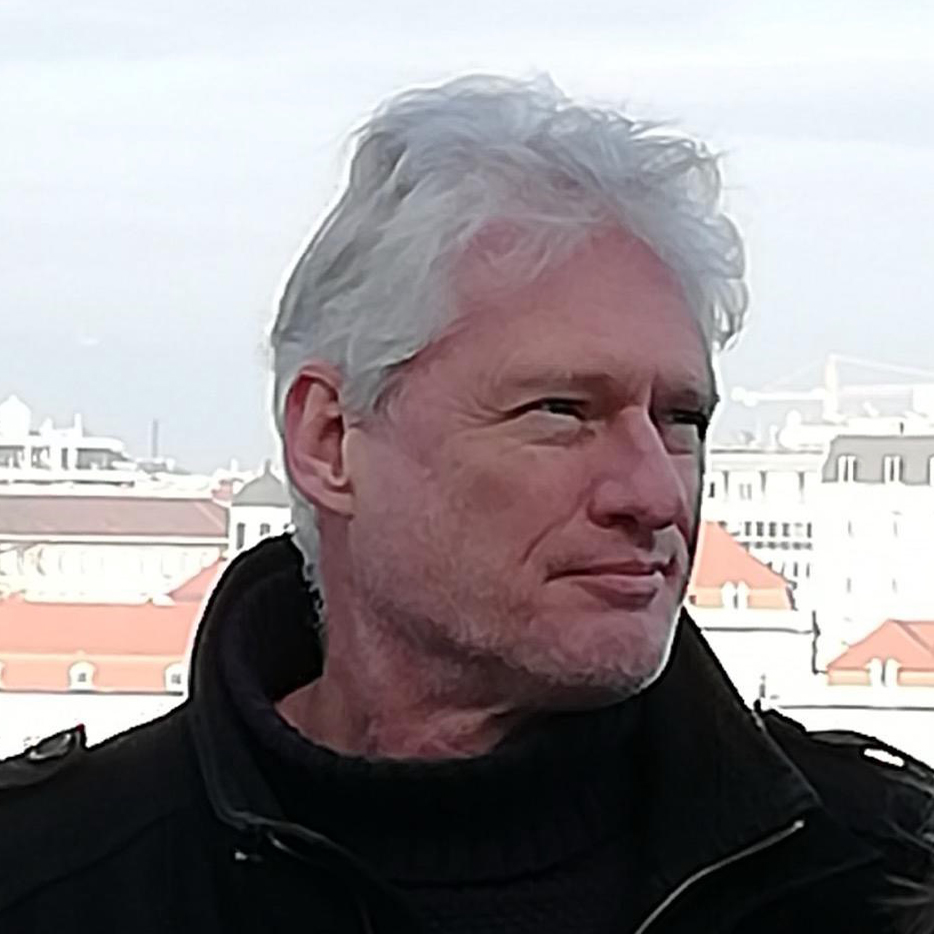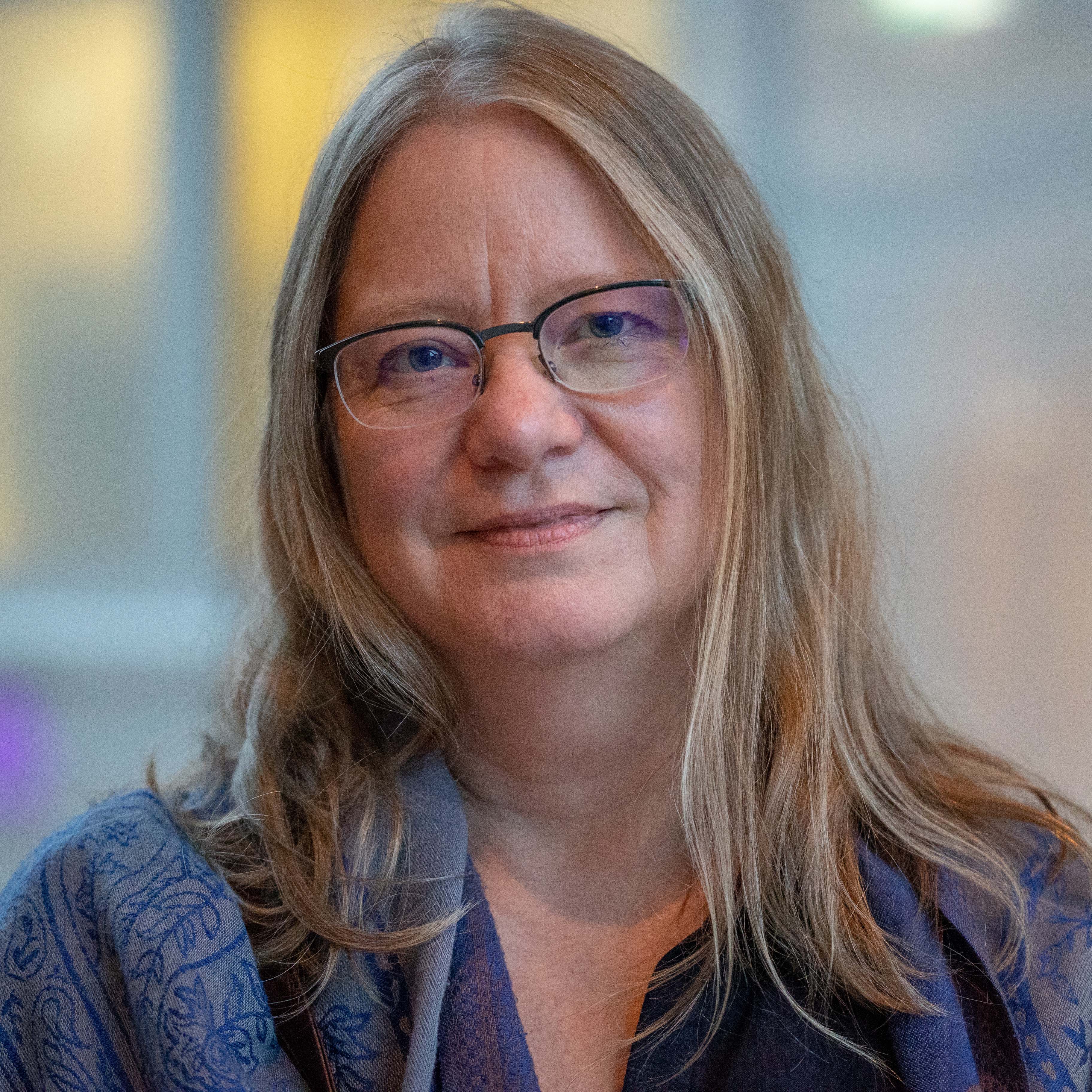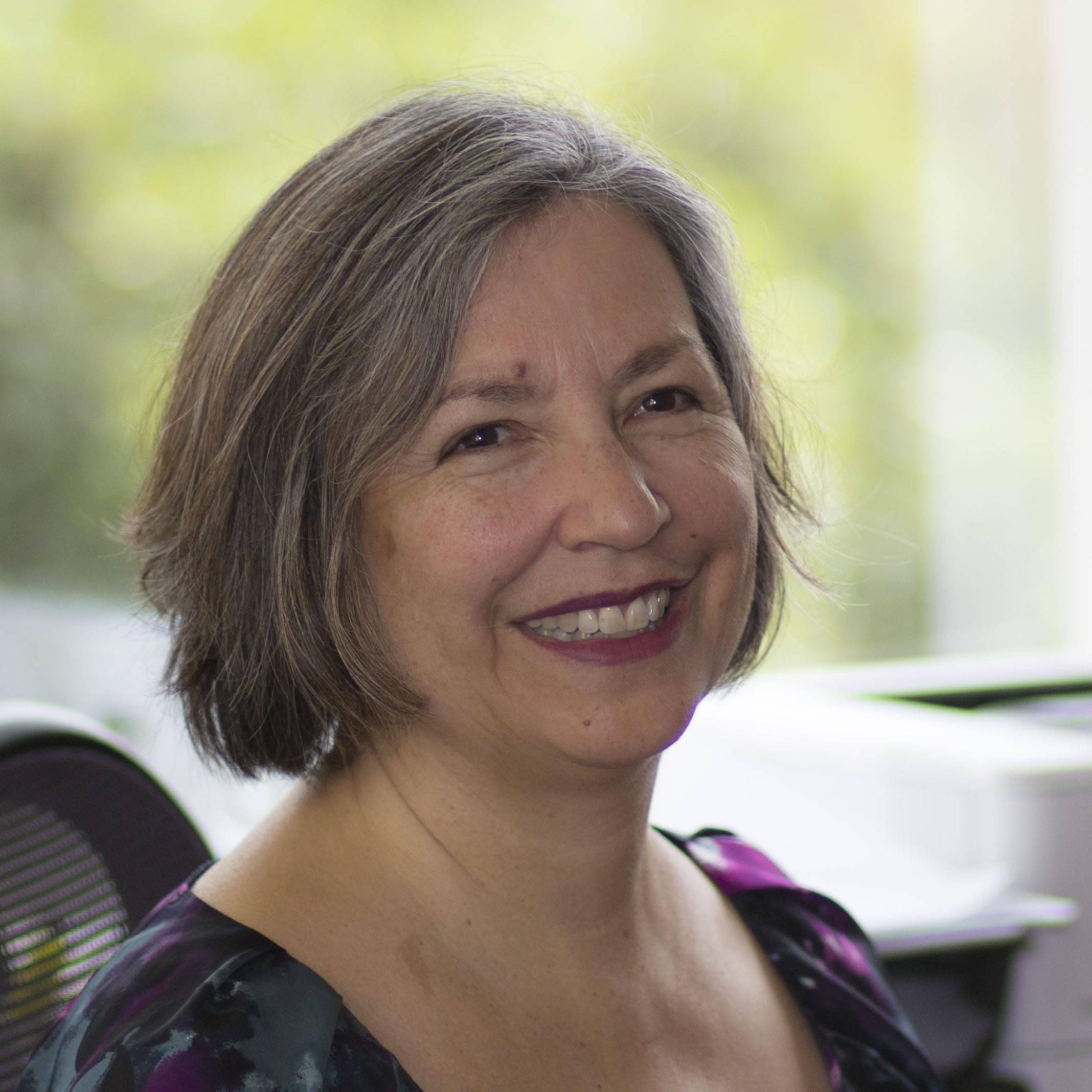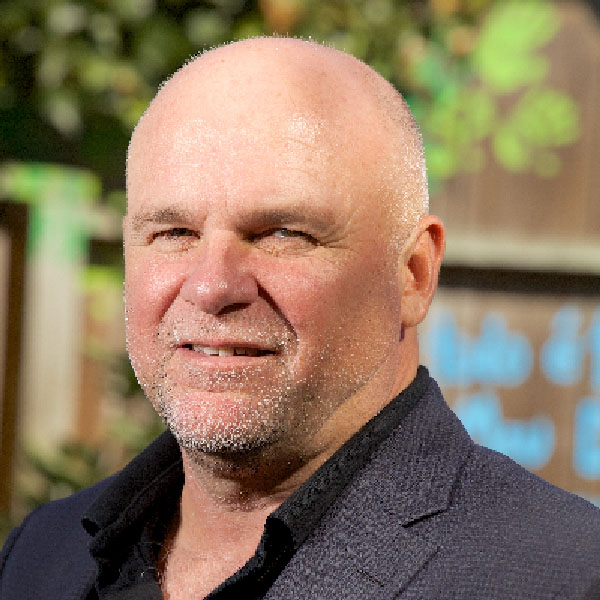
Rajend Mesthrie
Bio
Rajend Mesthrie is Emeritus Professor of Linguistics and Senior Research Scholar at the University of Cape Town. He was head of the Linguistics Section (1998 – 2009) and also held a National Research Foundation chair in Migration, Language, and Social Change. He was President of the Linguistics Society of Southern Africa (2002-2009) and of the International Congress of Linguists (2013-2018).
Among his fields of interest are General Linguistics, Historical Linguistics, Language Contact, Language Variation, Areal Linguistics, Sociophonetics, Descriptive Syntax, World Englishes and Dialect Lexicography. He has published in all these areas with a particular focus on the languages of India (e.g. Bhojpuri, Gujarati, Tamil) and South Africa (e.g. Xhosa, Zulu, Fanakalo, English, Afrikaans). He is a past co-editor of English Today (2008-2012) and series editor for CUP’s Key Topics in Sociolinguistics. He is currently co-editor of the new series Cambridge Elements in Sociolinguistics.
Mesthrie has published over 150 articles in journals and chapters in books; and over 20 books. Amongst his recent book publications are Youth Language Practices and Urban Language Contact in Africa (ed. with Brookes and Hurst-Harosh, 2021, Cambridge University Press), Language in the Indian Diaspora (ed., with Kulkarni-Joshi, Edinburgh University Press, 2024) and Sociolinguistics Around the World (ed., with Martin Ball and Chiera Meluzzi, Routledge, 2nd ed. 2024).
Bridging morphemes, bridging languages: a study of bilingual creativity in southern Africa
Code-switching (which I use as a cover term for a range of overlapping phenomena and terms, some better motivated than others) continues to be an area of study that keeps on giving. Sociolinguistics has been enriched by approaches stressing discourse and conversation (e.g. Gumperz 1972), pragmatic effects (e.g. Myers-Scotton 1993a), multilingual identity (e.g. Gardener-Chloros 1991, Zentella 1997), psycholinguistic and structural integration (Muysken 2000, Myers-Scotton 1993b), speaker variation (Poplack 1980), creativity (Blackledge & Creese 2017, Sebba 2009) and potential in education (Williams 1994, Canagarajah 2011, Makalela 2016). Approaches from a generative persuasion (Pfaff 1979, De Swann 2009) take a less enthusiastic view in hypothesising “no separate grammar for code-switching”, positing no special syntactic mechanisms – in contrast to the novelty (and apparent bricolage) emphasised by sociolinguists. Yet attention to psycholinguistics and structure need not be incompatible with sociolinguistic appreciation and analysis of creativity.
This keynote talk will focus on bridging phenomena in code switching – structural elements that facilitate a transition from one language to the other. These differ from the trigger or polyvalent (ambi-valent?) words identified by early analysts (e.g. Clyne 1967, Woolard 1999) which are chiefly lexical items that may be said to belong to both languages. Among the strategies included under bridging is the occurrence of doubling, when a structural morpheme is repeated from the “other” language to facilitate integration into the code-switching syntax. A more central type of bridging is elaborated in this paper building on the work of Mesthrie & Mojapelo (2024), on “multilingual Xhosa” in Gauteng province, South Africa. Xhosa (or isiXhosa) speakers engage with English in higher education and beyond as an unavoidable and much-embraced language, while valuing Xhosa as a language of intimacy, community and heritage. As a consequence, highly educated multilingual speakers appear to have evolved a third space showing not just convergence (McCormick 2003, Sebba 2009) but the active analysis of English words (lexemes) while using Xhosa syntax. At the same time new bridging morphemes like -isha for English verbs and ubu- for English adjectives appear (or are co-opted) to activate this third space.




